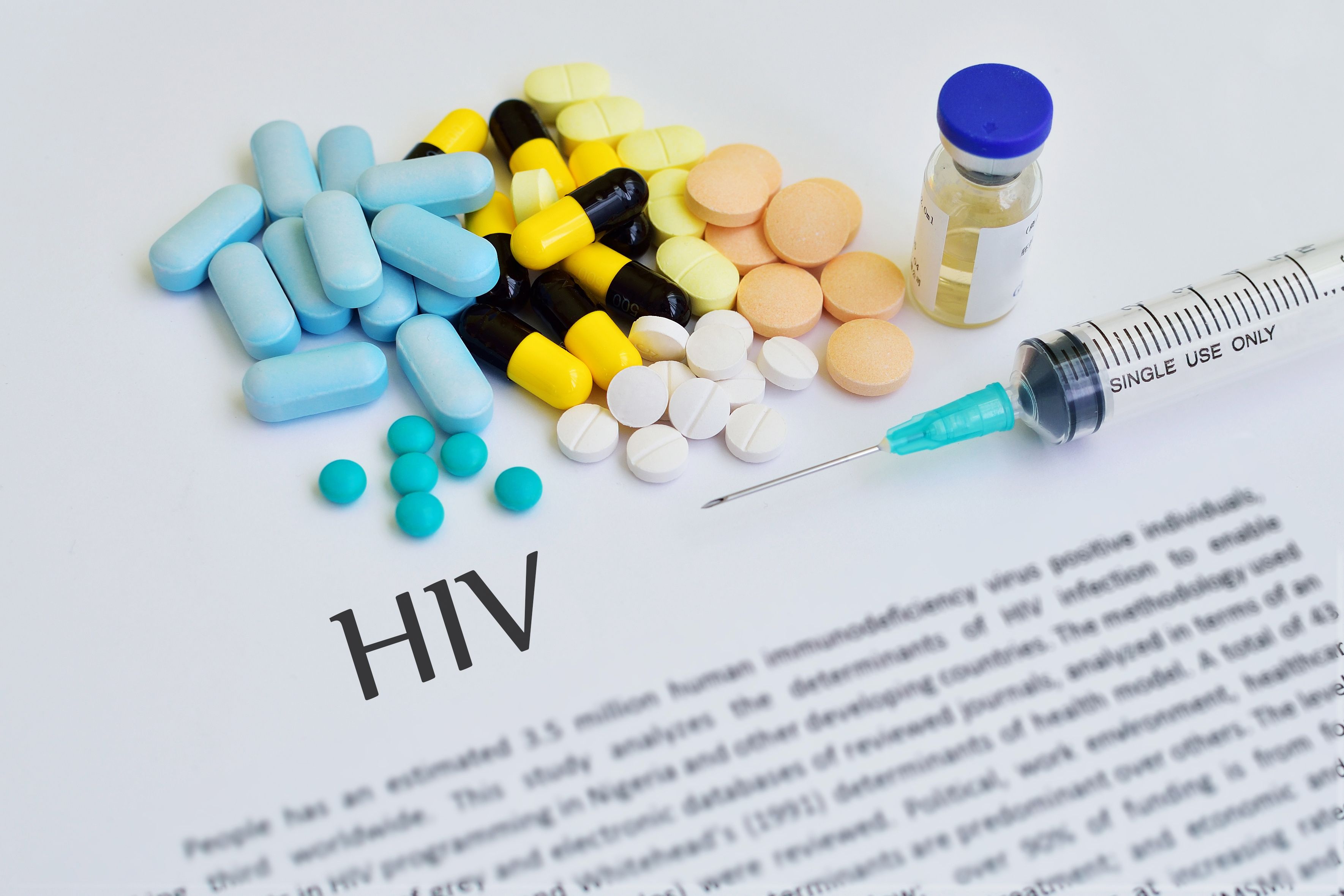News
Article
Top 5 Most-Read HIV Articles of 2023
Author(s):
The top-read topics in HIV for 2023 included dried blood tests for HIV, people with HIV facing stigmas, and vitamin D supplementation in women with HIV.
The top 5 most-read articles about HIV in 2023 included a variety of topics, including disparities in prevention of HIV, the uptake of the COVID-19 vaccine in people who inject drugs and had HIV, and how women with HIV were able to get a sufficient amount of vitamin D.
Here are the top 5 articles for HIV in 2023.
5. Dried Blood Test May Detect HIV, Hepatitis B and C
An abstract presented at the European Congress of Clinical Microbiology & Infectious Diseases found that a single drop of blood may be all that’s needed to detect HIV, hepatitis B, and hepatitis C. This would be an improvement to testing blood that is collected from a vein through a needle, as some settings, such as prisons, drug rehabilitation centers, and homeless shelters, may not be suitable for such procedures. Using 1 drop of dried blood, the new test was able to correctly detect all 3 of HIV, hepatitis B, and hepatitis C in the 20 samples per virus that were presented.
4. Disparities in HIV Prevention: New Data Reveal Racial and Regional Gaps in PrEP Usage
An article that first appeared on Contagion Live® reported that there were significant disparities in the usage of PrEP across racial and ethnic groups. Only 14% of PrEP users were Black Americans, even as they account for 42% of new HIV diagnoses. Only 38% of PrEP users were from the US South although the region accounts for 52% of new diagnoses of HIV. Women also had lower PrEP usage than new HIV infections, with only 8% of PrEP users being female and 18% of new infection of HIV occurring in women.
3. Older People with HIV Face Stigmas, Struggles That Require Action
A review found that action on HIV and aging, which includes policymakers, health care professionals, researchers, and community advocates all pitching in. Socially integrating older people with HIV is associated with better physical functioning and improved psychological well-being in these patients. Geriatric care can help to address health needs of older people, according to the authors. Policymakers were recommended to work to make sure that there was equitable access to health and social services for all older adults with HIV.
2. COVID-19 Vaccination Uptake Associated With HIV Viral Suppression in People Who Inject Drugs
A study found that people who inject drugs had quicker uptake of the COVID-19 vaccination if they had HIV infection and viral suppression. People with HIV who were virally suppressed had a lower median time to completion of the primary series of 12.4 weeks compared with participants who did not have HIV who completed it in 28.3 weeks. People with HIV were slower to get vaccinated if they had detectable viral loads and those older than 65 years completed their primary series the fastest at 8.1 weeks.
1. Women With HIV More Likely to Get Vitamin D From Supplements, Not Diet
Lower dietary vitamin D intake was found in women living with HIV in Canada. However, both women with HIV and without HIV had about the same median (IQR) of total intake of vitamin D, regardless of how they received it (8.28 μg/day vs 5.27 μg/day, respectively). Women with HIV were 71% less likely to consume dietary vitamin D above median. Vitamin D supplementation was taken more often in women with HIV (62.2%) compared with controls (44.7%).





